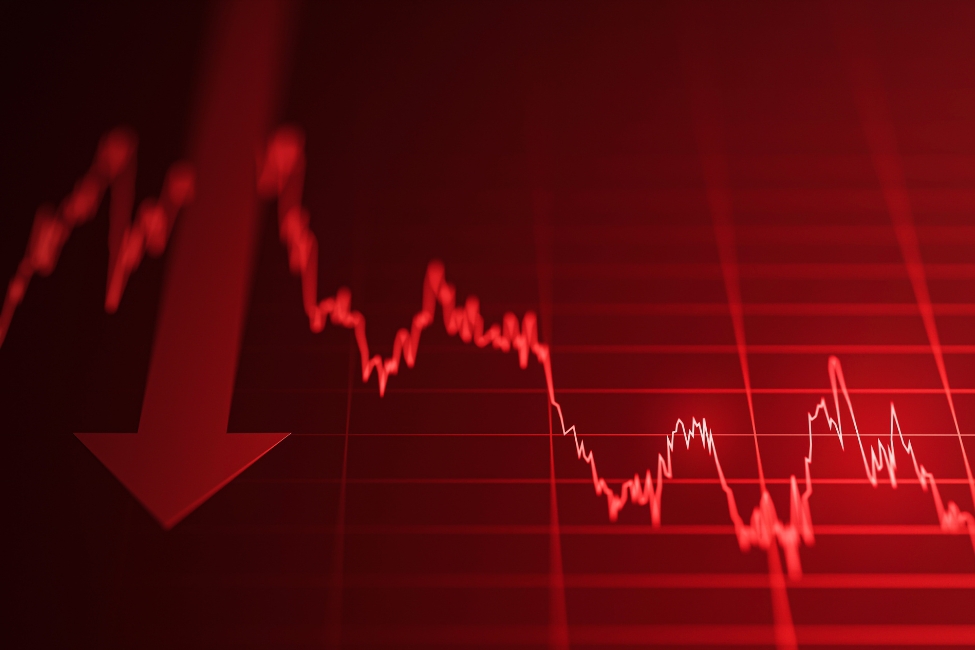FAU Expert: These Banks Are at Higher Risk of a Depositor Run

With many banks having exposure to losses from commercial real estate and unrealized securities losses, more banks are at an increased risk of having a liquidity crisis caused from withdrawals by large uninsured depositors, according to an analysis from a finance expert at Florida Atlantic University
With many banks having exposure to losses from commercial real estate and unrealized securities losses, more banks are at an increased risk of having a liquidity crisis caused from withdrawals by large uninsured depositors, according to an analysis from a finance expert at Florida Atlantic University.
Based on first quarter 2024 regulatory data, 94 out of 1,028 banks with more than $1 billion in assets reported a 50% or higher ratio of uninsured deposits to total deposits, according to the Liquidity Risk from Exposures to Uninsured Deposits index. Seven of the 33 banks with more than $100 billion in assets are above the threshold. The Bank of New York Mellon has a 100% ratio of uninsured deposits, followed by State Street Bank, 92.6%; Northern Trust, 73.9%; Citibank, 72.5%; HSBC Bank, 69.8%; J.P Morgan Chase, 51.7% and U.S. Bank, 50.4%.
“The first bank failure of the year, Republic First Bank in Pennsylvania, was number 87 on the previous quarter’s list with a 51.5% ratio,” said Rebel A. Cole, Ph.D., Lynn Eminent Scholar Chaired Professor of Finance in the College of Business. “All of the banks on this list are at a serious risk of a run by uninsured depositors should they exhibit any weakness from commercial real estate exposures or unrealized losses on securities.”
The index, a part of the Banking Initiative at Florida Atlantic University, tracks 1,028 with more than $1 billion in total assets to calculate the ratio of uninsured deposits to total deposits using regulatory data. Banks that report a ratio greater than 50% are at an elevated risk of a run by uninsured depositors.
Three of the four largest bank failures in recent U.S. history occurred in 2023. They were precipitated by the rapid withdrawals of uninsured deposits following adverse news about the banks’ risks to exposure. With growing concerns about unrealized losses on investment securities and commercial real estate loans, the risk of yet another depositor run on banks grows each day.
-FAU-
Latest Research
- FAU Experts for the 2025 Atlantic Hurricane SeasonSeveral Florida Atlantic University faculty experts are available to discuss a range of hurricane-related topics such as preparedness, evacuation planning, storm impacts and post-disaster recovery.
- FAU Engineering Lands NSF Grant for Multi-robot Coordination TestbedThe project will tackle some of the most challenging problems in autonomous systems by enabling robust, scalable coordination of aerial robot teams in unpredictable real-world environments.
- 'Sharkitecture:' A Nanoscale Look Inside a Blacktip Shark's SkeletonFAU researchers have mapped the internal structure of blacktip sharks in unprecedented detail using synchrotron X-ray nanotomography with detailed 3D imaging and in-situ mechanical testing.
- Hari Kalva, Ph.D., Inducted into the Florida Inventors Hall of FameWith 73 U.S. patents to his name, FAU engineering's Hari Kalva, Ph.D., a pioneering innovator in video technology, is one of 10 inventors selected for the 2025 class of the Florida Inventors Hall of Fame.
- Study: Supply Chain Plasticity and Firm Adaptation to Tariffs, RiskAs tariffs create economic uncertainty for firms and consumers , supply chain plasticity could be the key to helping firms navigate the trade environment, according to researchers at FAU and two other schools.
- Cyberbullying in Any Form Can Be Traumatizing for KidsA national FAU study finds even subtle online bullying - like exclusion from group chats - is linked to PTSD symptoms, suggesting that cyberbullying should be classified as an adverse childhood experience.






